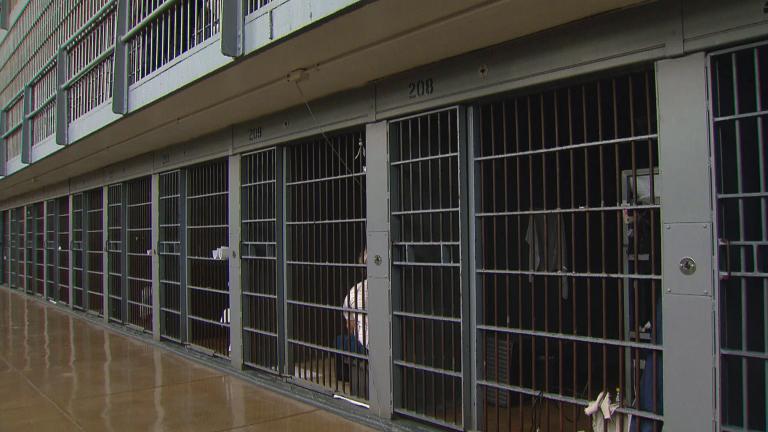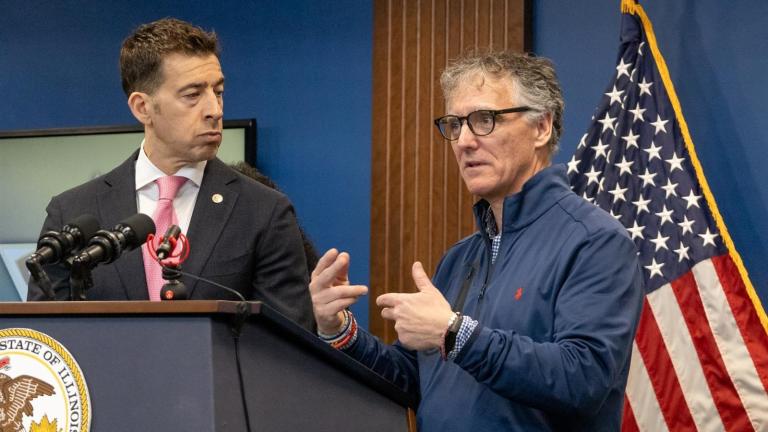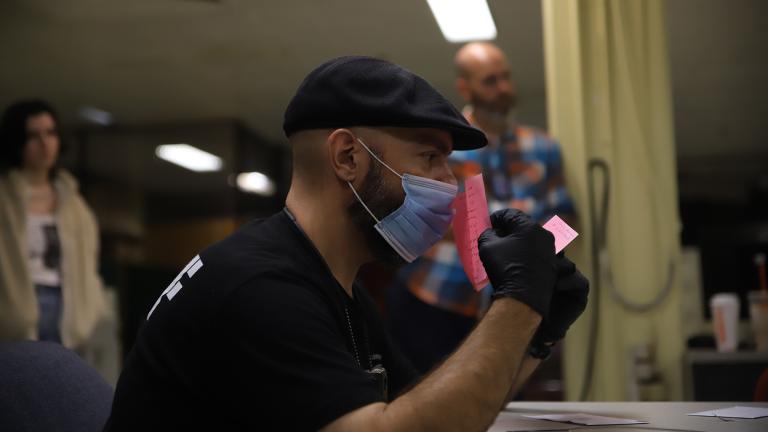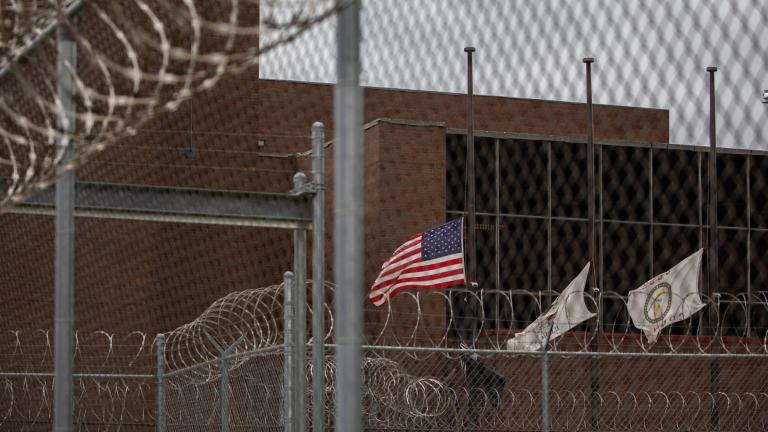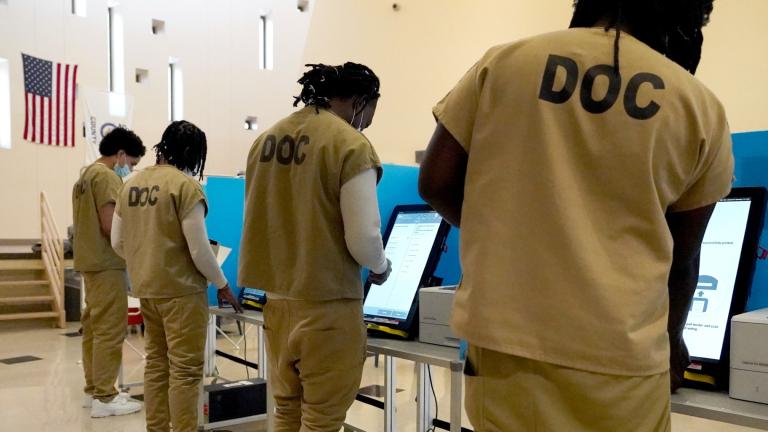The Cook County justice system’s two top lawyers said Tuesday they hope the response to the COVID-19 outbreak at Cook County Jail will ultimately spur far-reaching bail reform.
“I think we have seen that we can release people safely to the community,” said Cook County Public Defender Amy Campanelli, who has been working with State’s Attorney Kim Foxx and Sheriff Tom Dart to reduce the jail population in response to the outbreak. “Just because someone is charged with an offense does not mean that they are going to reoffend or not return to court.”
Foxx said that she was “very hopeful” that efforts to reduce the jail population will continue and that what had been done so far was “a demonstration to the public who are now paying attention to these issues that bail reform was long overdue.”
Six detainees and one correctional officer at the jail have died from COVID-19 since the pandemic began.
Although recent efforts have seen the jail population shrink to a little over 4,100 detainees from more than 5,600 in mid-March, those who remain locked up are fearful, Campanelli says.
“My clients are very scared. They are nervous about getting sick. They are nervous about ending up in the hospital and possibly dying,” said Campanelli. “I’ve heard recently that my clients do have masks but that’s fairly recent. They did not have gloves or masks as of probably two weeks ago.”
On Monday, a federal judge issued a preliminary injunction that mandates additional testing and social distancing measures as well as greater efforts to clean and sanitize the jail.
U.S. District Judge Matthew Kennelly, who earlier this month rejected a petition from Campanelli calling for the mass release of detainees, gave the sheriff’s office until Friday to provide face masks to all detainees in quarantine and implement new plans eliminating “bullpens” to house new inmates being processed into the jail.
“When I filed that petition on March 23 I did ask for a mass release,” said Campanelli. “I do feel that we can release certain categories of people.”
She said that the widespread policy of mass incarceration in the U.S. simply hasn’t worked.
“Bail reform right now is working and we have to continue on that path of returning citizens to their homes,” said Campanelli, who estimates her office has won the release of more than 1,700 detainees since late March, including 230 who got bail through the National Bail Project. “Many of my clients deserve to go home and they can go home safely. And we’ve proven through our bail reform efforts the percentages of people who reoffend in a violent manner who are returned to the community is less than two percent. You do not lock up 98% of folks because 2% may reoffend. We did that for 50 years. It didn’t work.”
While Foxx is supportive of the overall aim of bail reform, she said her office cannot support the mass release of detainees.
“We have to make sure that we are ensuring both public health and public safety, and so for us it is a matter of looking at each case individually to make sure that we are not releasing someone back in to the community that may pose a public safety risk,” said Foxx. “Not being able to look at each case individually denies us the opportunity to do that.”
Foxx noted that she and Campanelli and other stakeholders had been working together to reduce the jail population for several years.
“But I think we want to be mindful that even as we are talking about bail reform we are doing this in a way (in which) decarceration efforts are balancing safety and public health,” Foxx said.

